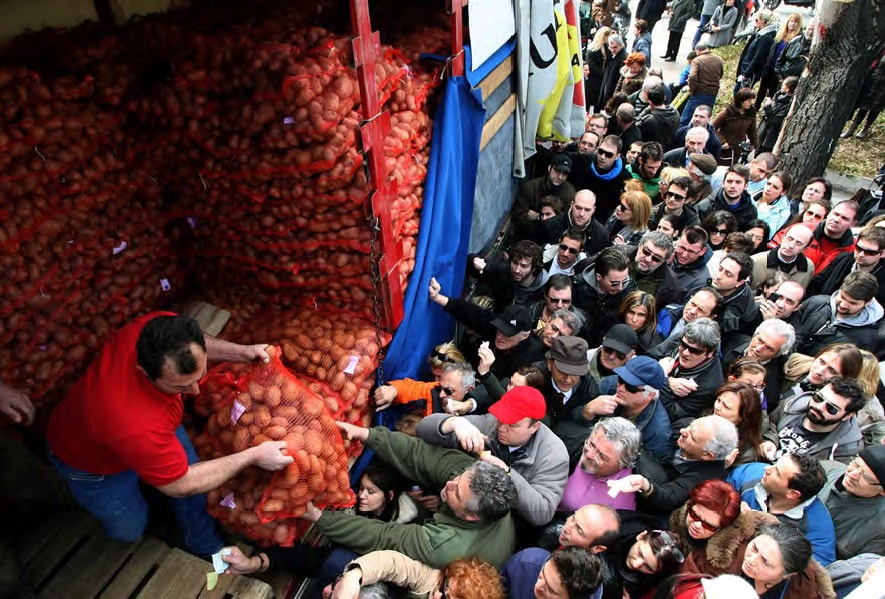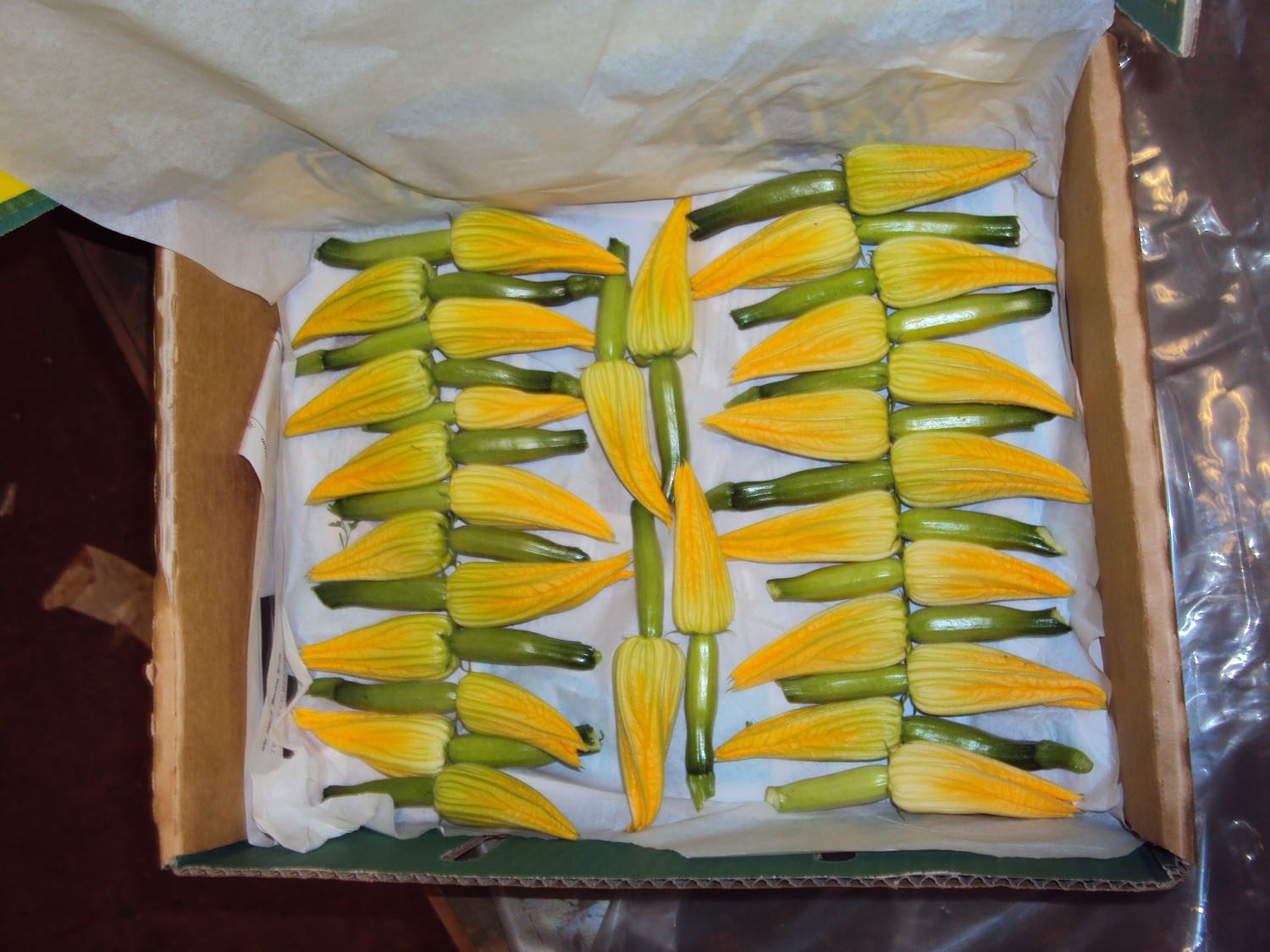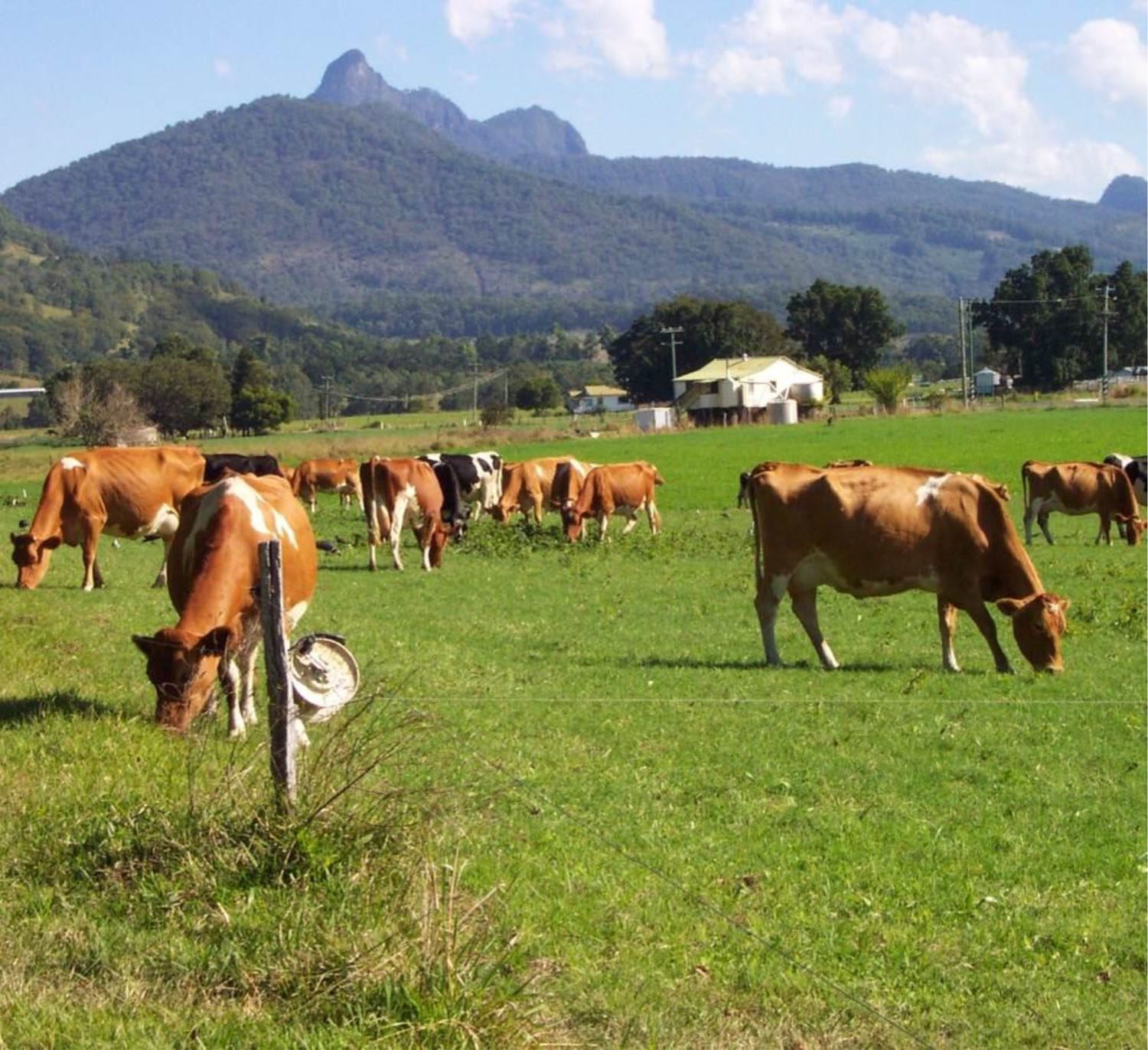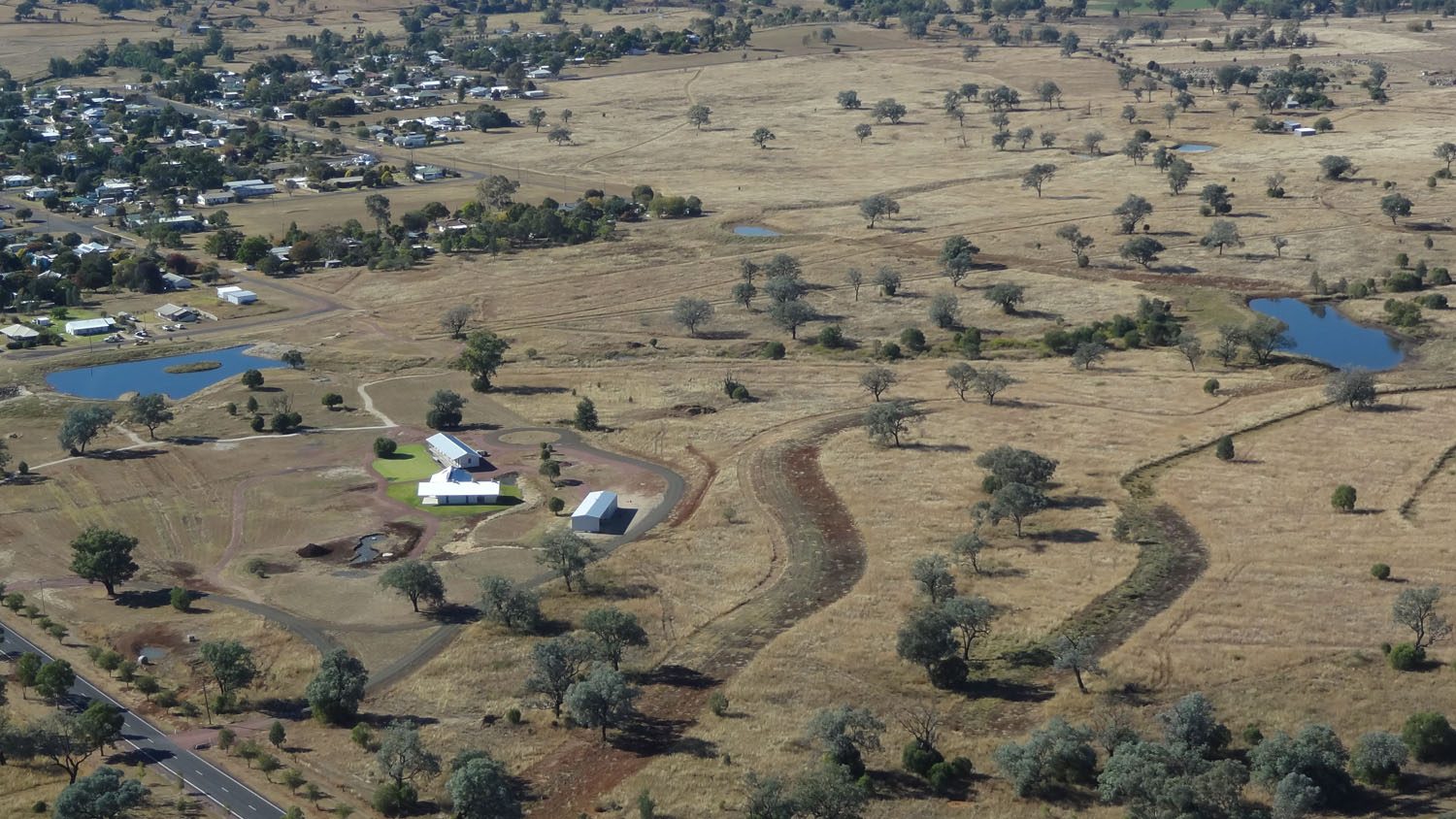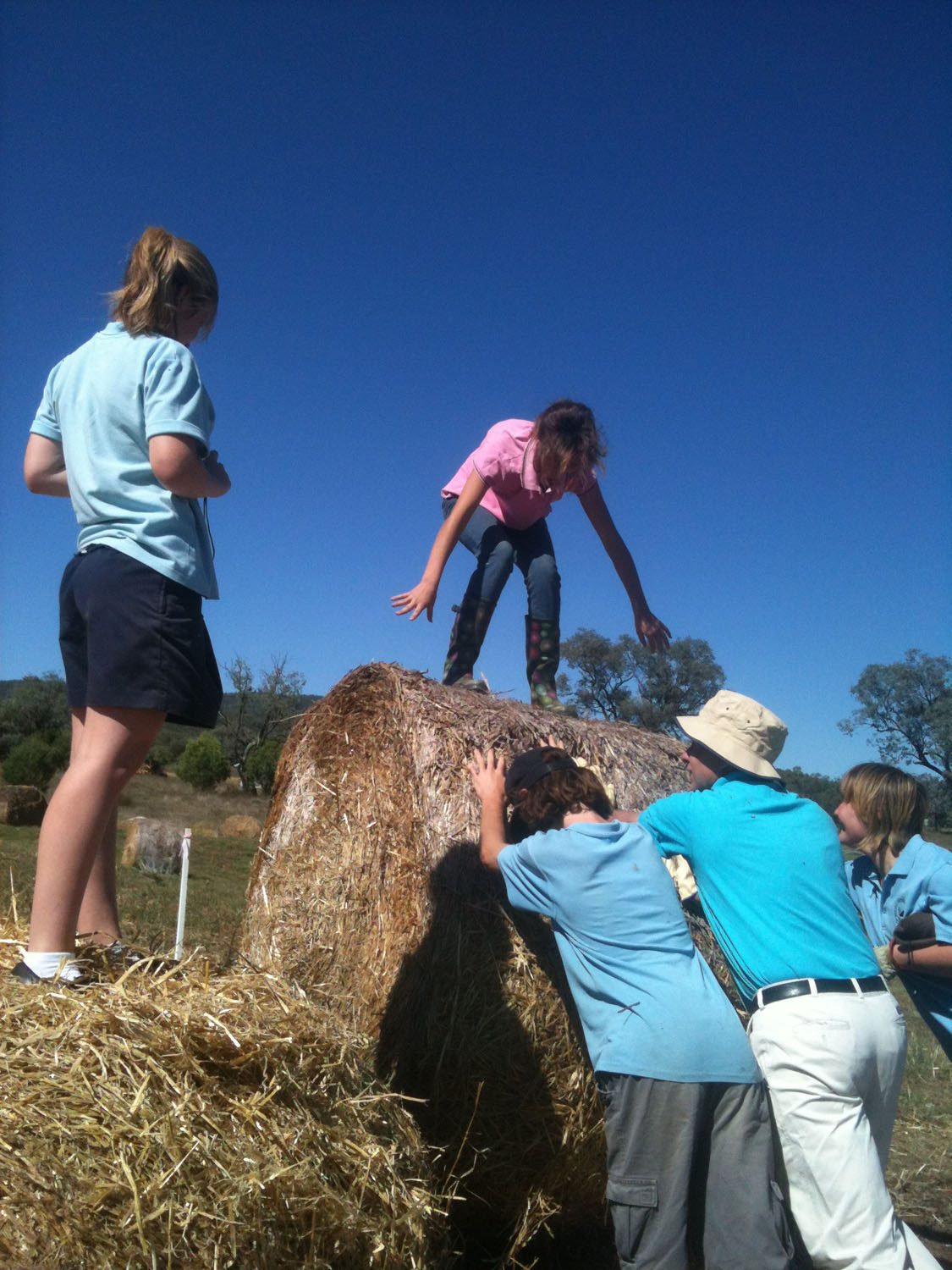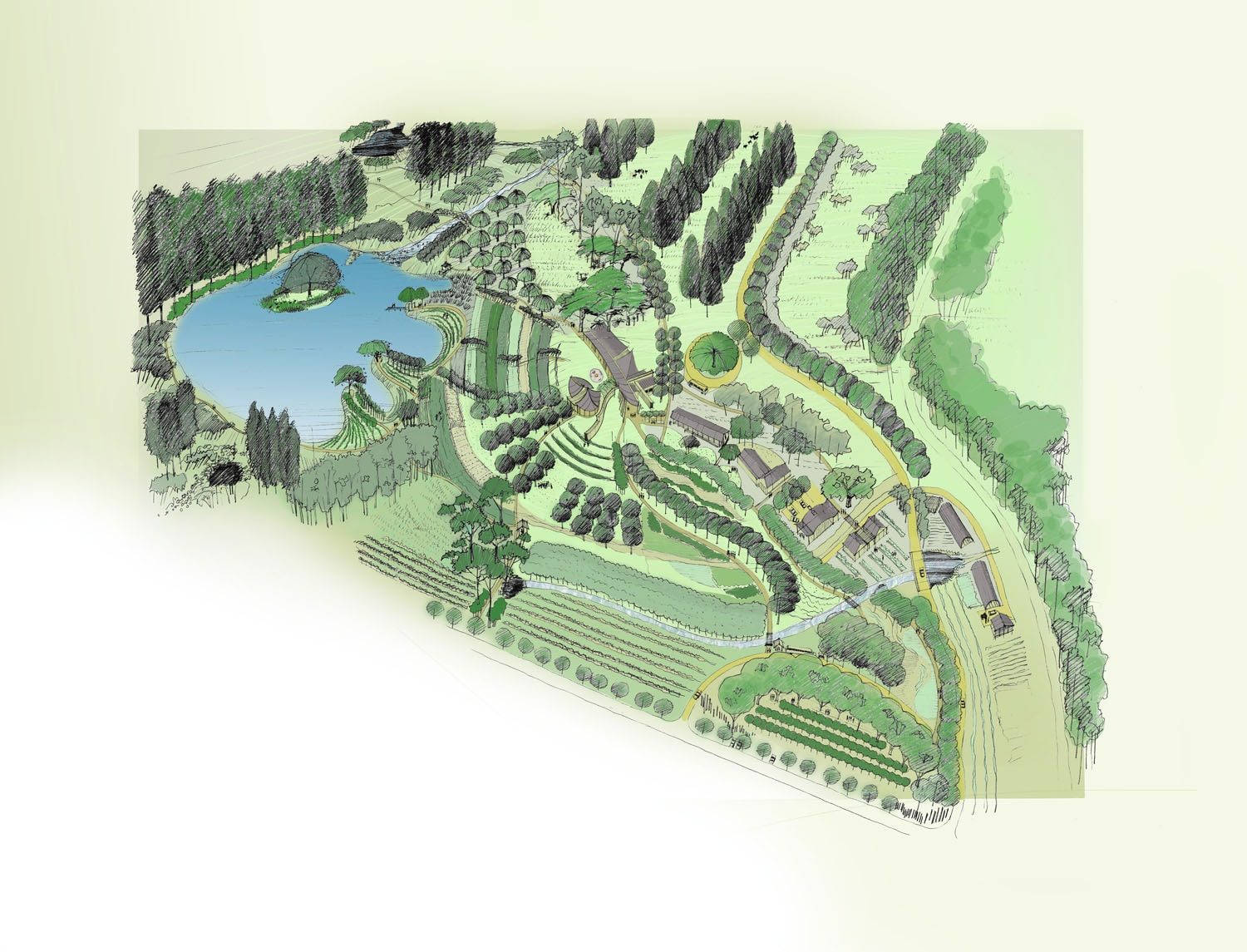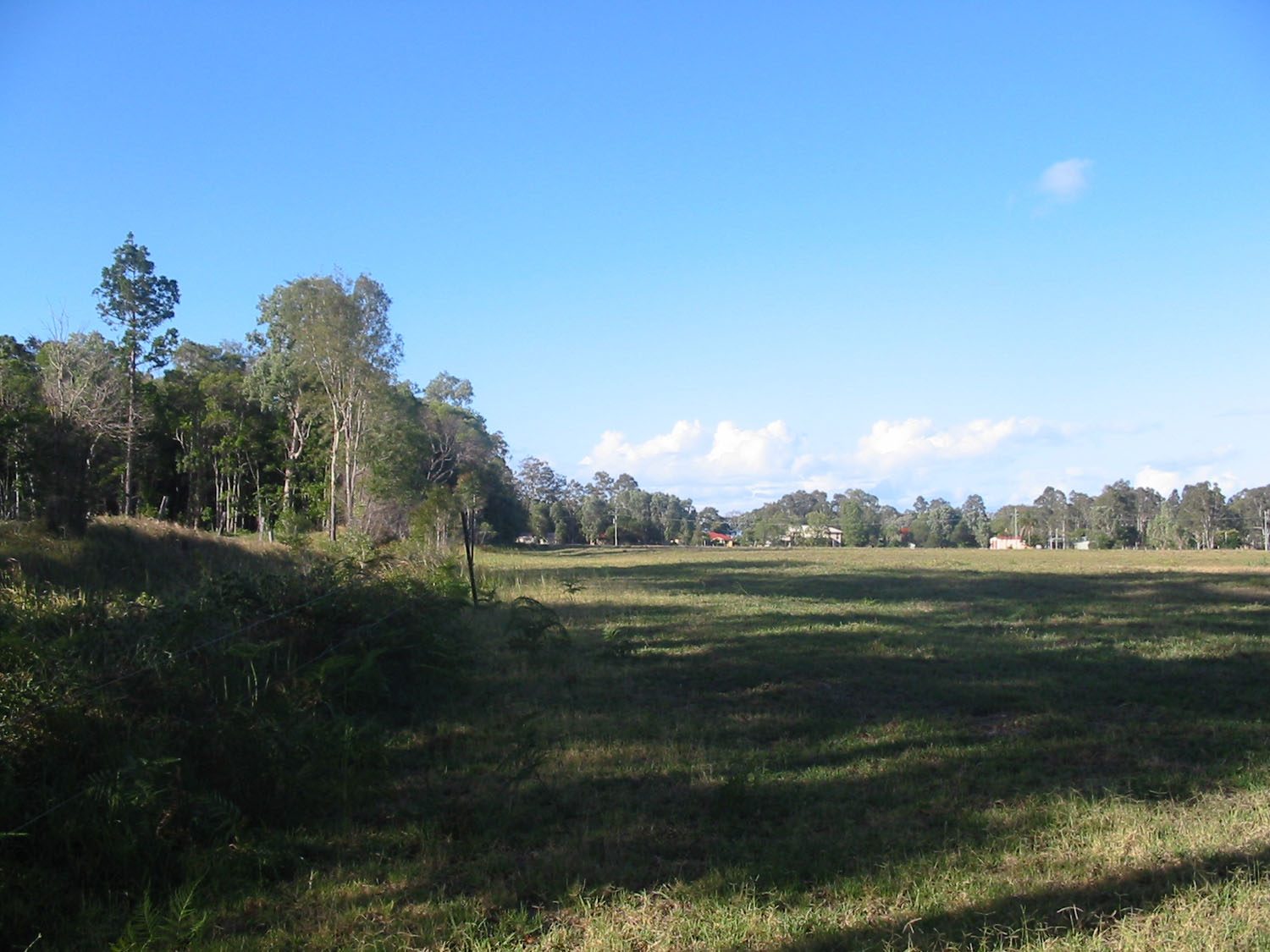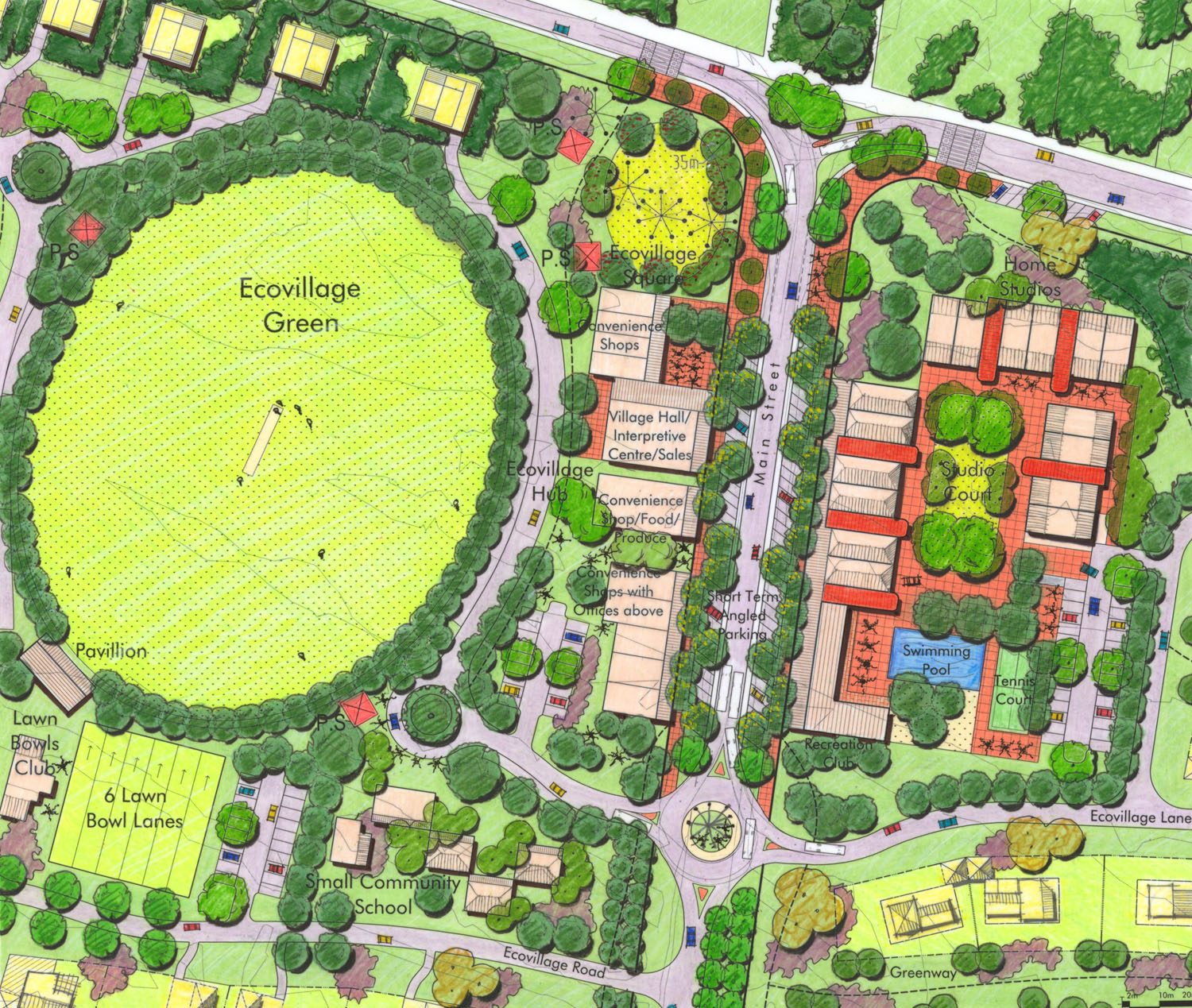The marketplace is clearly failing the landscapes and the towns we live in. Australian country towns are dying as the global economy seeks to extract the cheapest goods in the cheapest location. We live in a very large island with a small population and with inbuilt inefficiencies of distance and time to markets. Our standard of wages and living is high, and we have been cushioned in the past by abundant resources, but we are now experiencing the dislocation of jobs, services, and our way of living. The divide between the urban and the rural is becoming a chasm.
The collapse of global debt precipitated by any number of imminent sovereign bankruptcies in the euro zone in oncoming years will see our industries and jobs really contract locally as the flow of money substantially contracts. What we are feeling currently in our own development industry is the distant tail of the GFC coming home, but it is harbinger of much bigger things to come. The future debt crisis will make it difficult to focus on the real concerns, which is how our landscapes will cope with the increasing impacts of climatic alteration and how our way of life will adjust when the oil runs out.
Business as usual will no longer work in these times. Aside from running to the hills and hiding, we need to face the challenges, move away from the old practices which contribute to system failure, and really reform as if our land depended on it.
There are five specific actions which I would like to suggest might help reform our way of doing things:
- Landscape practice must become a cultural process
- We need to invent our own brief which diverges from where the market wants to take us
- Landscape architects must see themselves as custodians and activists for the survival of the Australian landscape
- Food and the systems and communities required to sustainably produce it must become central to our planning
- Landscape design must shape infrastructure first (water, waste, energy, soil)
I would like to discuss these challenging actions through some case studies.
Life and Death of Small Farms
Rod and his wife are the most successful organic farmers in the red volcanic caldera of Tweed Shire, one of the richest soil areas in Australia. They work really hard and have no time off. They live simply, and make an living supplying fancy city restaurants with choice vegetables. They can’t sell their produce locally because the only food distribution centre is hours away in Brisbane. Rod’s fresh vegetables will go, be stored, chilled and come back to the supermarket, and in the process, more than half the nutritional value of the food will have been lost. This is how the marketplace of food now works. It is why food accounts for a third of our personal carbon footprint, and why we seek artificial additives to supplement our decreasing nutrition levels.
Rod took over his father’s farm, but now his brothers want their share of the value as they retire. He can’t make enough produce to pay them out, and needs to diversify somehow. His plans included a teaching/visitor centre for organic agriculture and soil composting, and bush land cabins for tree changers, but he is stuck with archaic planning controls on his land. The problem is that rural planning systems in Australia are bereft of ideas or futures for farmers like Rod. Whilst large areas of excellent farming land go fallow in the caldera because of impediments to farmers, councils are more interested in the suburbanization of the water’s edge. We need to now invent our own brief about a sustainable rural landscape and present new ideas to help farmers, before they all disappear.
Rural land in Australia is the other: the backdrop that you push into, that you urbanize over time. We find no clear planning or local government direction as to how we are to sustainably maintain small farms and their communities in the great mass beyond The Great Dividing Range. We collaborated with Food Connect to develop a draft sustainable agriculture strategy for Tweed Shire, and one of the obvious outcomes was to re-establish a local food production chain in the region to allow farmers to sell and residents to buy fresh food. We need a hundred such strategies all around Australia if we are to seriously address the land use and landscape challenges of the bush.
So now that the average age of farmers is 65, who will feed us, and who will sustain the townships of rural Australia? The debate about how much population the country can sustain is at the forefront as people from other lands seek refuge from war and famine. There are strong arguments that we could do with their agricultural knowledge and labour out in the bush to counter the decline of farmers, and to bring families and young workers back to the country.
The current pattern in our agricultural system is for larger and larger corporate farms, and for whole community based industries to collapse, like the once thriving small lot dairies, or the family based fruit and vegetable farms such as in the hinterlands of Brisbane and The Gold Coast. Coles and Woolworths totally dominate the food system in Australia, and they are squeezing farmers in a race for price: the one dollar milk offer leaves no future for the small farmer.
We need to act before whole swathes of the working rural landscape disappear, leaving behind ageing folk in increasingly less serviced and marginal small towns. I would urge you to adopt a rural community and go and help them. They are open for any ideas which might help them survive.
Rural Regeneration
One emerging demographic pattern altering the rural/urban mix is that of tree changers: people seeking cleaner water, land and lifestyle in the hinterland and in smaller country towns. On the coasts such as northern NSW, this has been unmanaged, destroyed much farming land, as whole droves of superannuated retirees seek life in the sun. In towns beyond a four hour drive from the coast, tree changers do offer hope to counter the rural decline of smaller centers , and so making these townships attractive and viable for the long term is something we can really assist with.
Rick and Gary live in the beautiful small town of Bingara, in the farming district of the Gwydir River in NSW. The town has 1200 people and is a rural centre over four hours from the coast. Rick retired from running a successful local supermarket and department store, teaches at the local school and also runs permaculture courses. Gary, who had been a banker in Sydney, runs cattle in a sustainably managed farm. They are part of a community group called Vision 2020, who have been actively seeking a way to regenerate their small rural community. Gwydir shire has a community goal to be a learning region of excellence, and the Council have recently set up and run innovative trade training centres for mechanics, hospitality workers and now for sustainable agriculture workers.
The collective vision in Bingara is bold, and includes being able to power and feed the township by 2020 or so. They began by pushing to regenerate the riverside next to the town, so we helped them build that, together with the local landcare group, farmers and council park staff. They have a dream to convert the town’s clapped out grazing common into a world class centre for regenerative agriculture, using the land for teaching cutting edge practices, providing a new economy and jobs in a small town with an ageing population and one day having the produce to be able to return to the town as fresh food.
The Living Classroom was originally viewed by other residents as just a dream, however, through a series of grants and collaborations, the centre has already transformed many hectares of common and is being regularly used as a place for training, despite having no established gardens yet. A classroom, hall, bunkhouse and tractor shed have been built through an educational grant. Over 5 kilometres of regenerative waterways have been shaped using a landcare grant, and many thousands of plantings are being installed currently through a partnership with a regional program called Biolinks, which is linking up regional biosystems. A business plan has been mapped out, and an interpretive centre and cafe have been scoped. The intensive zone of food gardens fronting the centre are currently under construction, and we are planning a range of water harvesting systems, including the diversion and reuse of the towns sewage water through contoured wetlands leading to the head of the common as a source of water for growing.
The point to note about Bingara is that these people are actively pursuing the regeneration of their community with very little resources but a lot of ingenuity, and they are doing it to shape the new future of sustainable agriculture. If they can do it, then there is no excuse for much larger towns with greater resources to also act to innovate and survive. Landscape architects can no longer ignore rural Australia. We cannot be ignorant of the emerging food crisis and the land planning required to address it. We need to assist this grassroots movement for local rural regeneration.
Put into a world picture, our own agricultural crisis takes on a different colour. The Guardian Weekly recently called feeding the planet the challenge of the century. By 2050, over two billion extra mouths will need to be fed. What is the markets reaction to this? In the US, a third of the food grain is being diverted to ethanol: yet the tragedy is that a person could be fed for a year on the grain needed to fill up one tank load of petrol in a sports car (Guardian Weekly, 16.08.13). Start your action today by not filling up your car with ethanol. Stop buying food carted across the world, and buy fresh produce from your regional farmers.
Future Infrastructures
Another emerging pattern that might change the way we grow in the future is that of the unplugged community: work, live and play within a closed loop system of energy, water and services. We have the technology to build settlements that are not reliant on the old road, rates and rubbish paradigm of local government. What happens when you take defunct a clapped out sugar cane paddock on the edge of a small community, and develop an integrated plan for work and living which builds and maintains all the roads and waterways, harvests its own water and waste, recycles most of its other wastes, and provides its own telecommunications and power? Councils have no idea how to plan for such settlements, which effectively don’t require their plan or their infrastructure.
This is one way we can write our own brief and assist clients who share the vision: forget the town plan, with its standards glued to the 1970’s American suburban dream. Plan your own settlements where the infrastructure for food, power, and energy, and water, waste is embedded to a sustainable landscape. Make your own plan and your own design standards, then build houses and landscapes that are directed toward low carbon footprints.
In the growing retirement city of Hervey Bay in coastal Queensland, we planned a development like this. The plan allows for living options from an extended family size, down to a single bedroom above a shop. It provides work from home, and work from studio using satellite and fiber optic communications. It reinstates the old paperbark wetland as an active ecology and harvests water off roads, playing fields and roofs to provide a water balance within the site when combined with a local brown water waste treatment plant. No pipes or kerbs on the laneways. A waste distribution centre would sort waste locally for reuse, and a nearby men’s shed would provide the retirees with a place to work and play.
The GFC put a hold on this project and the market in Australia in these following years has defaulted to the safest solutions for growth and profit: more of the suburban same. One place where this self sustaining settlement idea did get built was The Ecovillage at Currumbin, at The Gold Coast. We struggled for five years to get council to agree to the development, since it didn’t fit any of their frameworks. The ecovillage uses all its own rainwater, grey and brown water, and provides food production and nursery areas where the water can be directed to the 80% of the land which comprises productive and public gardens. Residents take their litter waste to get sorted within a large shed. Houses are vetted for energy and design, have solar power, and are connected to a community intranet. The community manages the entire infrastructure through community title and hamlet body corporate structures. A community centre with a hall and pool provides a social hub, and free bikes are provided to meander through the rural laneways to home. A village centre is emerging around a large fig tree.
Gentrification caught up with the ecovillage, which was originally intended to be no more expensive than nearby conventional house and land. However, with enough scale – anything currently over 100 homes, settlements like this can subsidize most if not all of their infrastructure. The more we built like this, the cheaper the technologies would become. For example, in Germany, solar power now makes up 40% of their domestic energy supply. By 2017, the cost of solar power in that country may reach parity with the grid due to the scale of use. Why does Australia, place of sun, only produce a paltry part of its domestic energy with solar?
With a community title structure which excises your land out of Council’s maintenance, you can invent your own framework and bypass Council’s outmoded ideas and systems, saving yourself years of frustration waiting for their engineers to accept even simple things like laneways with grass swales, and waterways instead of pipes. This is a kind of engineering revolution, and the engineers don’t like it because they will lose control of land and growth. We can choose business as usual, and continue to put parsley on the pig of the suburban dream, or we can take a risk and plan integrated infrastructure and landscapes which meet real challenges in the short term.
Acting Locally
After many years of collaborating with folk throughout rural Australia, I decided it was time to act in my own community. West End in Brisbane is a vibrant and eclectic neighbourhood, which until recently was seen as unsafe by some due to its mix of poor, homeless and ethnic people. Now it is marketed as The West End, a chic place for inner city living. Our neighbourhood is to triple in population in the next generation, and go from two to twenty storeys.
Council is not planning one single new park for the new populace, or for any traffic management for all the new cars. A group called The Local Push began lobbying for a better lifestyle and infrastructure deal for the locals. We imagined that we could carve parks and food orchards out of unused asphalt, much as we had done to build our little town square ten years earlier. We could begin on Hampstead Road, which could be retrofitted to become Hampstead Common, a kilometre of productive community gardens. Parkland out of unused crown land, funded by developer contributions.
Ten years later, we are still waiting. By this stage, The Local Push have burnt out, and new groups WECA and Transition Kurilpa have taken up the cause. When it became clear that Council was only interested in building overpasses and tunnels, some of the locals decided that the community would act. Using permablitzes and guerrilla gardening, folk built three community landscapes, one in a park, one next to a footy pitch, and a community orchard on Hampstead Road. These food gardens are entirely managed by locals. The footpaths are gradually being recolonised with fruit trees and verge gardens, just as the Greeks, Italians and Vietnamese migrants had planted food wherever they could during waves of austerity in the interwar years.
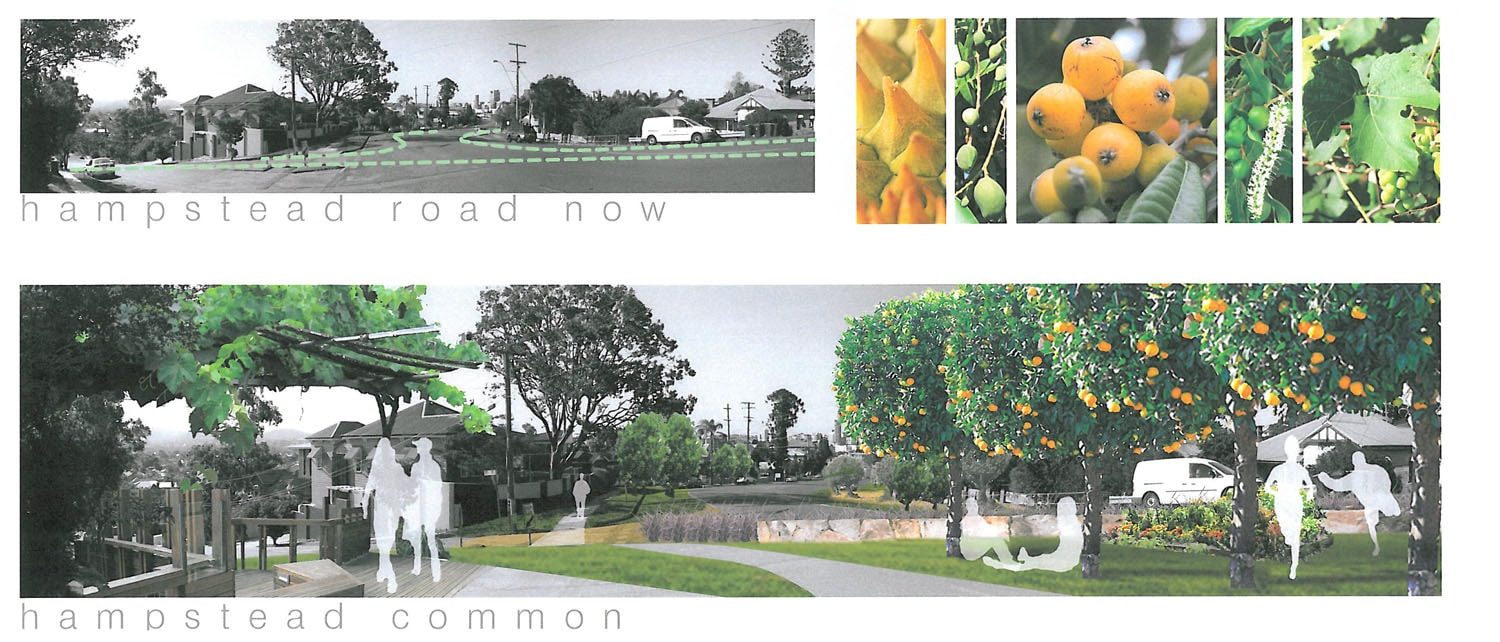
Hampstead Common – Returning public space to the community 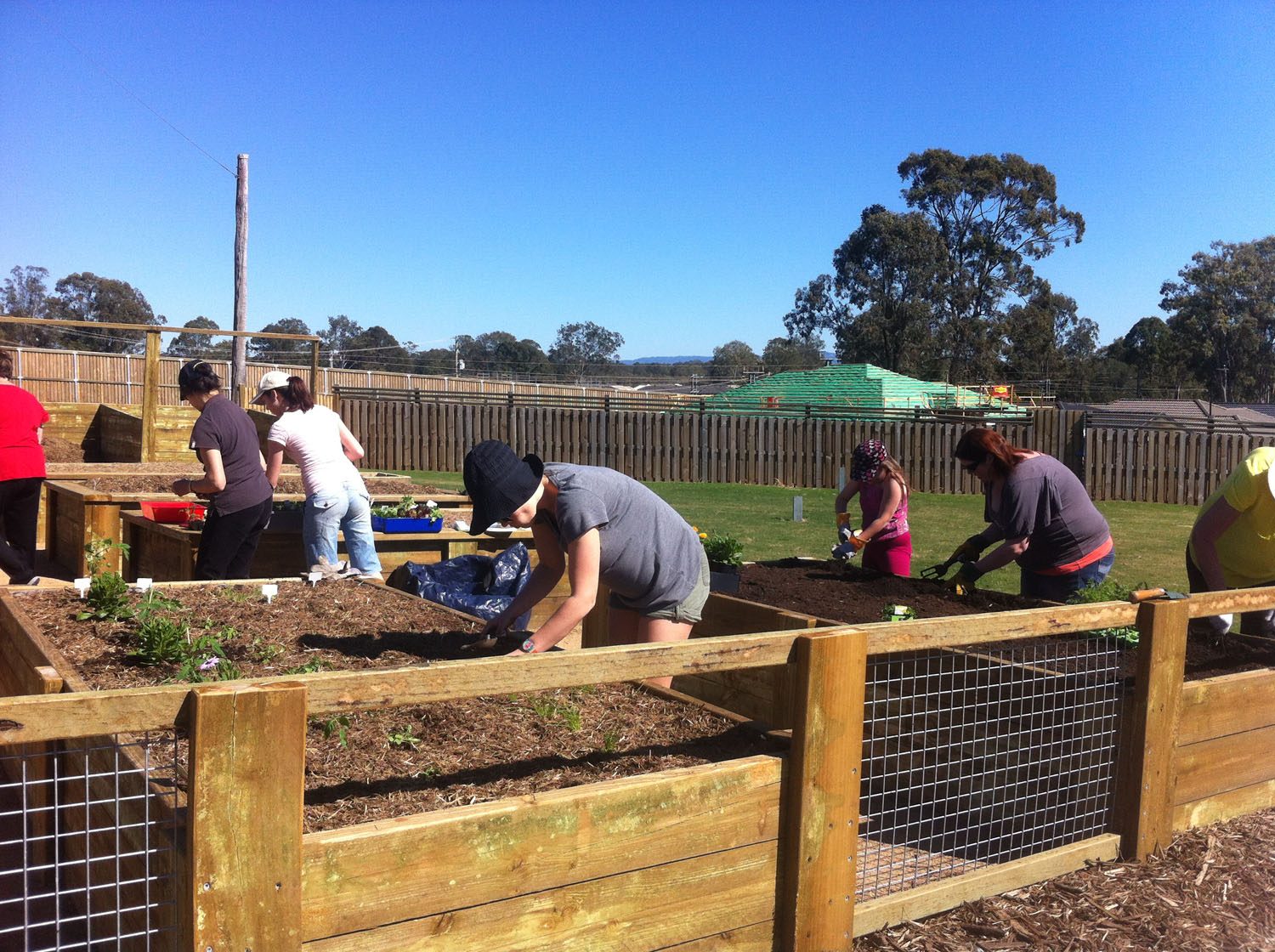
Community Planting Day, The Green Hub at Fitzgibbon Chase 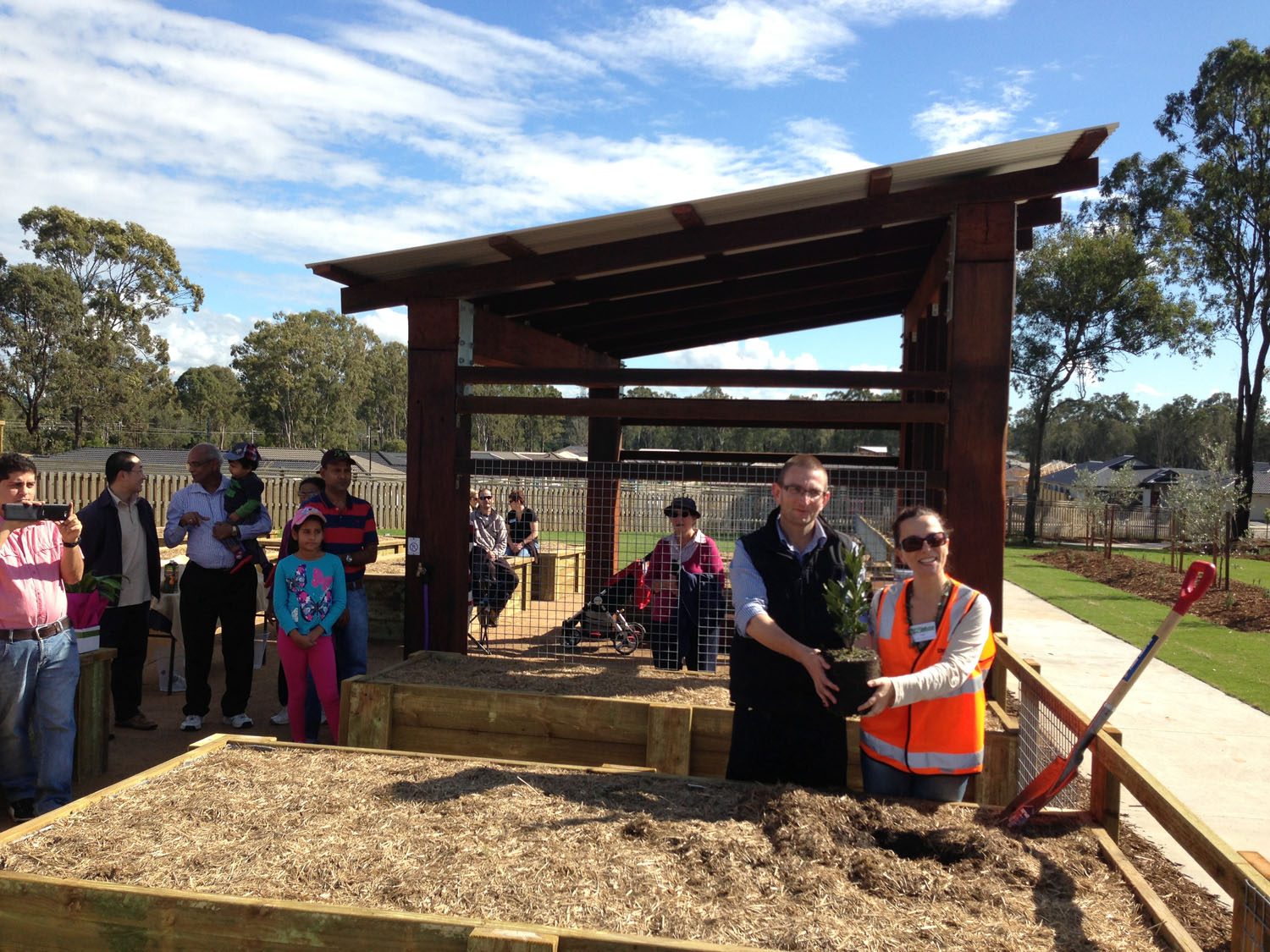
Opening Day, The Green Hub at Fitzgibbon Chase
Direct action landscapes become more frequent as communities become disillusioned with government and its failure to meet its charter as a steward of people’s collective needs. In the future, declining government funds will see much more community based landscapes, and landscape architects will need to find ways to lead such groups. For this to happen, our practice will need to embrace a cultural paradigm, less beholden to a corporate one. The way we manage our time will have to adjust because these are real people, not the idealised target groups of a developer, and talking and collaboration are the norm. The projects will take a long time and we will need to build real relationships with these people and their places. The notion of billable time will need to adjust, and this work will happen onsite, it will be experiential and experimental, and a lot of it will not occur in an office. The design processes will be more transparent and shared, and the values that shape design will be led by people and their places.
The system can and will adjust over time. Community gardens will be planned into conventional subdivisions because people will want them. At Fitzgibbon Chase in the northern Brisbane suburbs, the state government’s development arm has built a successful as well as innovative neighbourhood. Residents there recently formed a group called The Green Team, and lobbied for a community garden. After a year of community design, a piece of leftover land with five major easements was converted into a green hub: orchards, allotment planters, a nursery and shed, and compost bins for the forty residents who already make up the group. The council didn’t consider this a proper park and would not take over it, so The Green Hub were auspiced to the local housing association. This productive park should act as a precedent for many more in the region.
A Landscape Reformation
Landscape Architecture can be what we want it to be. We can continue to act principally as agents of beauty and amenity as we were asked to in the past, or we can choose to grapple with the much thornier problems of our times. To do the latter will require taking risks and stepping out of our comfort zones. The golden period is over for now and we enter unchartered waters. We need a reformation of landscape architecture from being market and development led to that of being a cultural process that leads to community development. We need to be part of the global grassroots movement toward local and low carbon futures. We can be change agents for the survival of Australian landscape and in the process stay relevant in the future.
References
Guardian Weekly, 16.08.13


